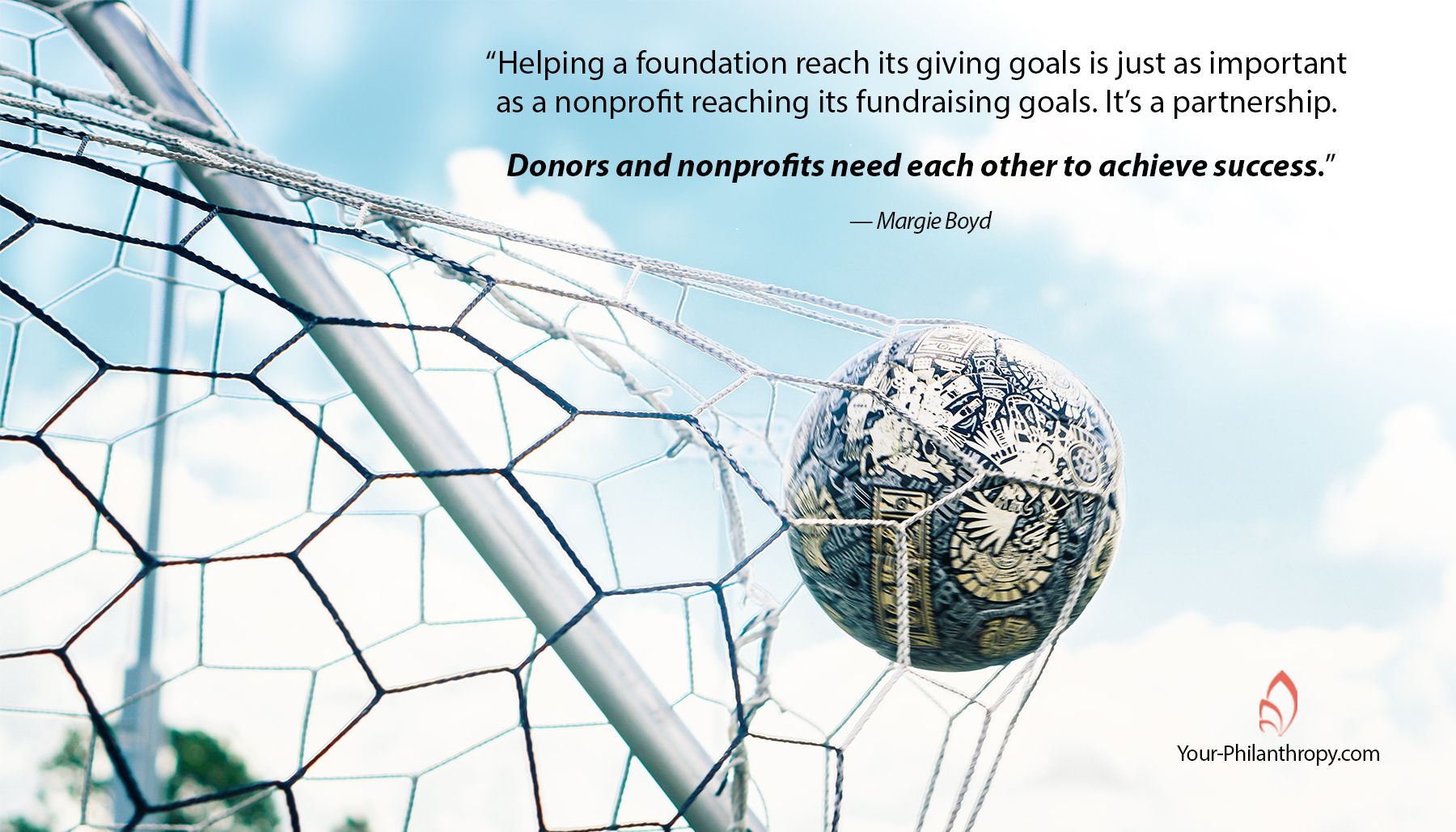This past weekend I had some extra time to read a book that has been patiently waiting for me to pay it some attention…Accidental Philanthropist – A Journey Towards Intentional Generosity by Steve Perry. A respected Facebook friend recommended it so I headed over to Amazon and ordered it months ago. In full disclosure, I have so many books I want to read, I’m guilty of starting a book and simply cherry-picking some low-hanging fruit. Audiobooks and podcasts are more my style. I can listen while driving down the road, cooking or taking a walk. Although, when it’s someone’s real-life story, I’m much more motivated to do more than cherry-pick. It’s a chance to learn from experience, someone else’s experience.
A few years ago, I had the opportunity to guest blog for the YP Journal. I wrote an article called “Changed by a Glimpse Through a Donor’s Eyes” after listening to Peaches Owen, a local philanthropist tell her real-life story and journey. It was life-changing for me as a young executive director of a small nonprofit I had founded. It gave me the opportunity to see giving from a funder’s perspective and the sincere efforts they make to be intentionally generous and grateful stewards. It changed the way I viewed and conducted fundraising from that point forward.
Steve and Susie Perry’s story is similar to Peaches and her husband Louis, as their business grew so did their ability to give. They didn’t start out life with the capacity to give millions. They were faithful step by step with each growth spurt expanding their opportunity to give more.
Growth also meant finding more sophisticated methods of giving. They started out like we all do, making small donations to their favorite charities or tithing at church using their personal checkbook. When that became too complicated, they created a special “charity checkbook” to simplify their giving and bring it under one account.
Later a “DAF” or donor-advised fund became their preferred method of giving to streamline their gifts, provide some anonymity and lessen year-end paperwork. After much research, Steve and Susie decided to opt-out of starting a private family foundation because of the 2% earned revenue tax and the 5% annual minimum distribution. They eventually landed on starting a Supporting Organization of the National Christian Foundation which gave them the greatest tax advantage, fewer limits on annual distribution and more freedom to give and grow along with their own staff.
Turns out giving away large amounts of money is quite a job. It didn’t happen haphazardly for the Perry’s. They carefully built a solid infrastructure for their journey toward intentional generosity with their mission, vision, values, giving goals and staff!
Since transitioning from the nonprofit sector to the field of philanthropy as Grants Manager for Your Philanthropy four years ago, I’ve learned how important it is to have that infrastructure in place. I now know first-hand how much time and effort it takes for foundations to achieve their giving goals. Our YP team conducts regular site visits, reviews hundreds of grant applications, profit and loss reports and balance sheets to assist our clients. Helping a foundation reach its giving goals is just as important as a nonprofit reaching its fundraising goals. It’s a partnership. Donors and nonprofits need each other to achieve success.
Perry says donors and leaders of nonprofits are citizens of a common realm. “As donors, we depend as much on the grantee for the success of our investment as they depend on us for the funds to make the project a reality.” This makes healthy relationships between nonprofit leaders and funders vital.
Relational vs. Institutional
From the beginning, Steve and his wife Susie focused their foundation, Sacred Harvest, on being a relational donor over an institutional one. Members of their staff often become mentors, coaches and friends. Grants are not mere transactions but a conduit for developing a real relationship. “We desire a genuine partnership with the people and organizations we fund. That is our goal,” says Perry.
An Organization’s Leadership is Everything
It’s been said, people give to people and the same holds true in philanthropy. People invest in people. Whenever he and his board see the following cluster of eight traits in a nonprofit leader, their interest grows in working with that organization to develop a partnership.
Key Characteristics of a Fundable Nonprofit Leader
- Teachability: Are they able to listen and learn from others?
- Accountability: Do they have a board to whom they are accountable?
- Affability: Do they “play well with others?”
- Transparency: Are they willing to talk about their successes and their challenges?
- Integrity: Are they trustworthy?
- Self-awareness: Do they own their problems and weaknesses?
- Long-term Perspective: Do they have an enduring, long-haul perspective?
- Love for their people: Do they have an endearing love for those they serve?
No leader is perfect but having the capacity to grow and lead more effectively is important when developing partnerships. “Humility is a critical ingredient for all learning; without it learning stops, says Perry. All of us can always find something to learn or unlearn even in our areas of so-called expertise. Philanthropy is no different.”
So, whether your journey in philanthropy allows you to give large or small gifts, make it your intention to keep giving and growing. Look for organizations, ministries and leaders that align well with your core values and giving goals. It will be a lasting partnership with the greatest impact.
Like it? Use it. Share it. Comment below.


Great article. Thank you for posting. Learned a lot from a Donors Eyes or perspective. Again, thank you. Always enjoy reading your articles.